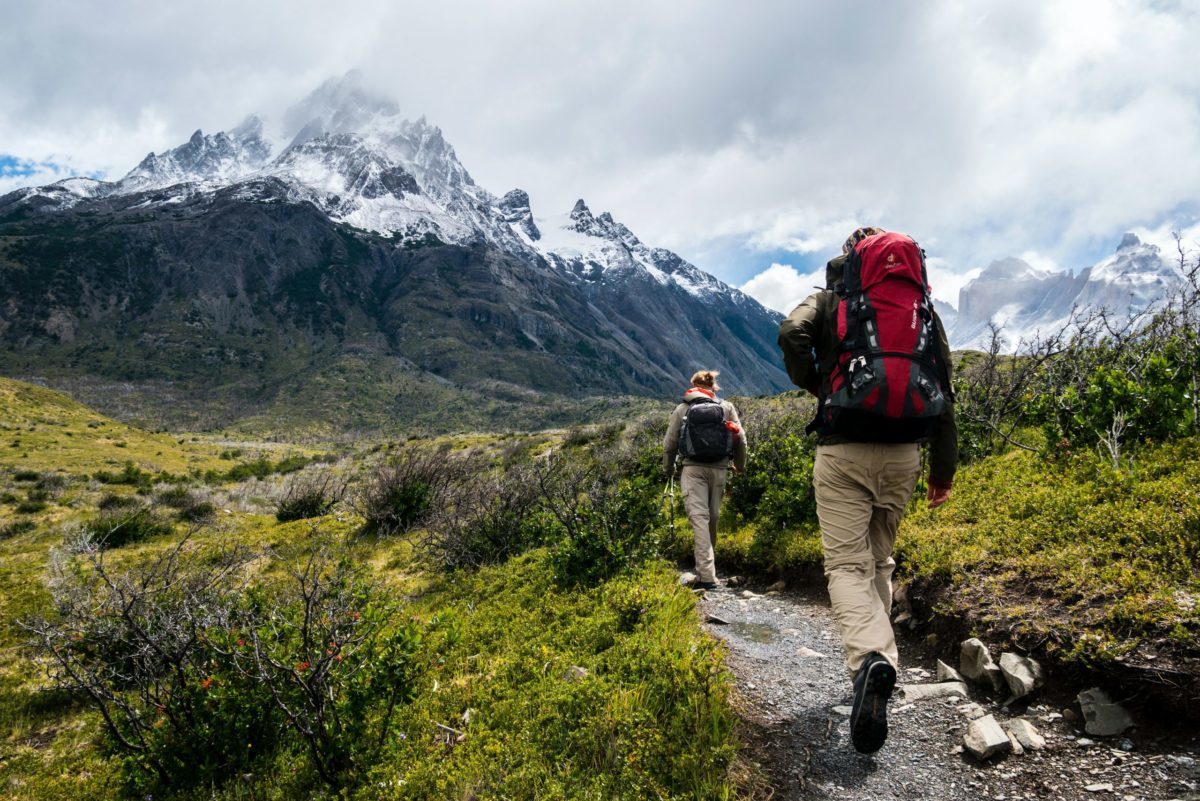
Hiking has several health advantages, including increasing strength and endurance. Beyond the advantages to physical health, something about constant walking and being in nature is quite good for our mental health. According to Stanford University research, spending time in nature might elevate our mood and enhance our mental health. Going outside eases tension, lowers anxiety, and may even help prevent depression.
Many locations in the United States, Asia, and Europe have a wide variety of hiking routes that give the most breathtaking rural vistas or let you observe species you probably wouldn’t have otherwise seen.
Here are some important things to take into account before beginning your hike. Even if you’re a seasoned hiker, you could occasionally forget some of the most important and fundamental things.
1. Do research on your chosen trails
Always do your homework on the path you want to hike on and attempt to find out the most recent information you can on the area. There are some paths all around the world that are not ideal for novices, so researching them and reading evaluations makes sense. Additionally, if some wildlife, such as grizzly bears and moose, are mating, particular routes or parks in the United States can be closed.
You may be able to better prepare for the weather and choose the shoes and other clothing items to wear by reading about your selected path.
2. Pack appropriately
Pack your bags after doing your homework and selecting a path! While taking hiking gear, energy bars, a water bottle, and a water bottle is necessary, it’s also a good idea to consider bringing a tech survival kit in case something goes wrong. Additionally, you should make sure you have a first aid pack and navigational aids.
Even if you don’t have to, having portable chargers, a satellite phone, and equipment like a pocket knife and torch might be useful if you ever get lost or suffer an accident. In case it becomes too dark to turn around and head back, think about bringing an emergency shelter, such as a portable tent or plastic tube tent, if you are hiking later in the day.
3. Don’t hike alone
In general, novice hikers are warned against going out on their own, especially on uncharted paths. As much as you can, try to hike in pairs or with other experienced hikers. If you are having trouble finding hiking partners, think about hiring a local guide or signing up for a hiking organization in the region.
You may be sure that you will always have someone to aid you in an emergency by hiking in a group or with a local guide.
If you must hike alone, make sure to let someone know where you are going and make an effort to stay in touch with them the entire time so they are aware of your whereabouts at all times.
4. Always have a backup plan
Planning a hike requires deciding when you’ll start and finish the trails. It’s also important to consider the hiking goals you have.
However, before choosing your hike, you should also consider a backup strategy in case of emergencies. For instance, regardless of what the weather report says, you should be considering a solution if you find yourself in the thick of a storm. Additionally, consider what you would do if you needed to turn around because you hadn’t reached a specific milestone. The ability to foresee these kinds of crises or problems might really save your life.
5. Never take or leave things on the trail
Even though it’s nice that you’re going to be outside and enjoying nature, it’s crucial to leave no rubbish behind and to just take trash with you.








